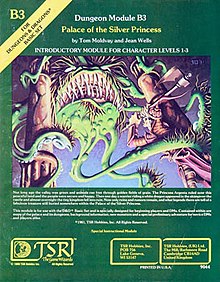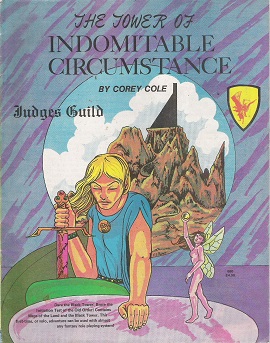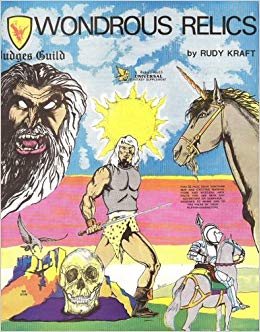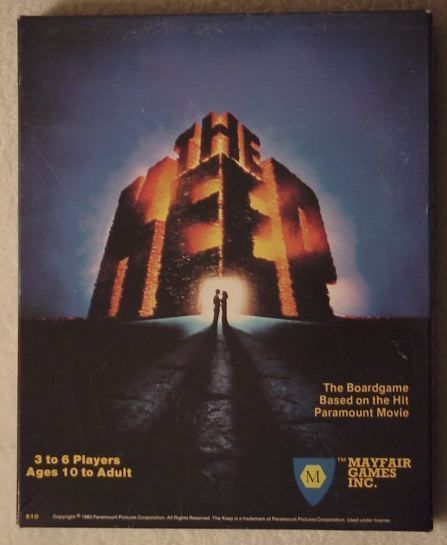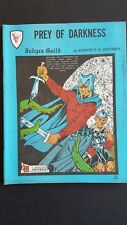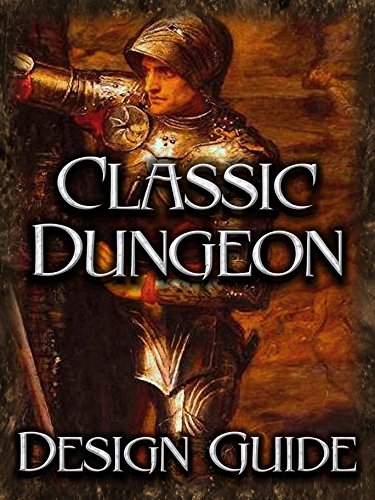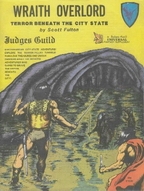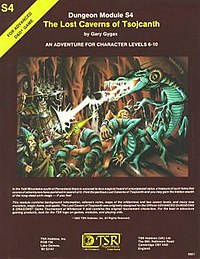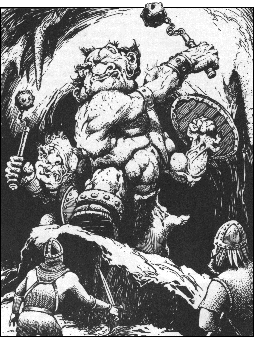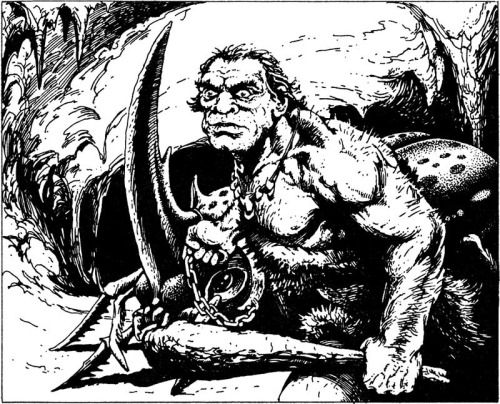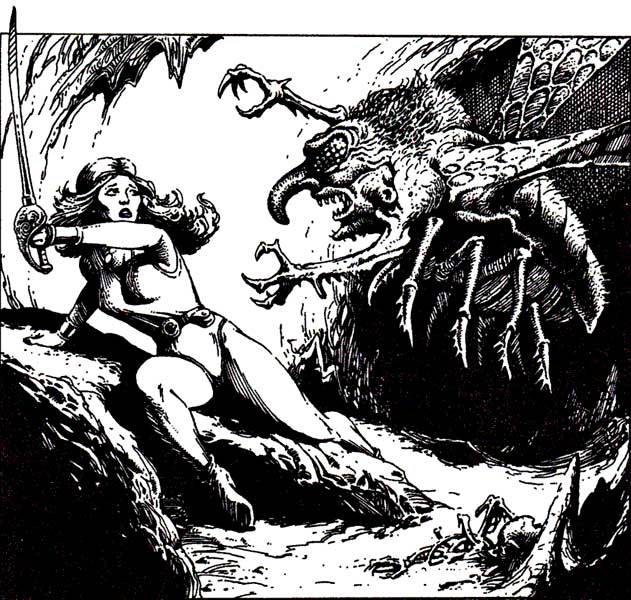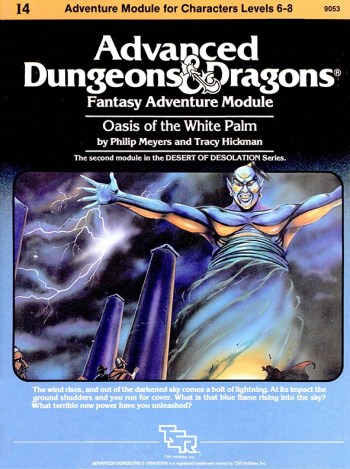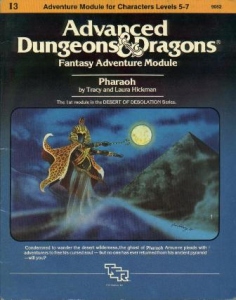Palace of the Silver Princess is a module written for use with the Basic Set for Dungeons and Dragons. It was published by TSR in 1981 and was written by Tom Moldvay and Jean Wells.
The adventure is 34 pages long. The inside covers display two map levels.
The land was peaceful and happy. Princess Argenta ruled the valley and the people thrived. Then one day a warrior rode a white dragon over the castle. Things went badly after that. The palace and the kingdom are now in ruins. Rumors abound about a fabulous treasure lost in these ruins.
What I like about Palace of the Silver Princess
Low level adventures from TSR are actually not that common. Most were written for higher level characters. Granted…this is written for Basic. But it is easily usable with AD&D.
The module has built in a few allies that could help the adventurers at key moments in the adventure. This might be needed.
The disaster was caused not by the appearance of this white dragon warrior but by a gem that was discovered. This ruby had magical properties and was previously owned by a powerful evil being known as Arik of the Hundred Eyes. The ruby has caused the troubles in the kingdom and even caused the crops to fail.
The goal of this adventure is not to kill the bad guy. Although killing bad guys is certainly a bonus. Destroying this ruby is the key to this adventure.
A few new creatures are introduced in this adventure. That is always a plus. Some of these were also included in AD&D. But I believe this module introduced them first.
What I do not like about Palace of the Silver Princess
While this is an introductory adventure for players and dungeon masters alike this module tries way to hard to teach the DM how to play. Now I know that B1 In Search of the Unknown and B2 Keep on the Borderlands did a little of that. But this module goes way over the top.
A lot of space is wasted on things that are clearly explained in the Basic guides. Way too much of it is this kind of crap. It is unnecessary.
Would I recommend this adventure to others?
I would recommend it to anyone looking for a different low level adventure to run. The newbie DM crap gets old after a while when you read it. You need to ignore that stuff if you are going to run it.
Would I run Palace of the Silver Princess with my own party?
Probably not. I have no object to the story itself but B2 and B1 are much cleaner. There is far too much introductory DM material in this one for my taste.
If you enjoyed this article then you might enjoy these:
- Lich Lords
- Zienteck
- Spies of Lightelf
- The Black Ring
- Portals of Twilight
- Portals of Torsh
- Portals of Irontooth
- Thieves of Fortress Badabaskor
- Sword of Hope
- Under the Storm Giant’s Castle
- The First Fantasy Campaign
- The Arduin Grimmoire


